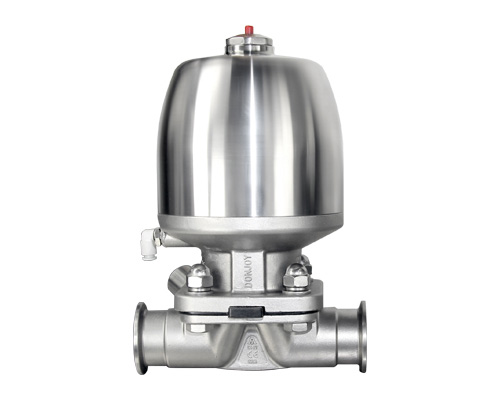Key Points for the Installation and Operation of Diaphragm Valves

1. Prior to installing a diaphragm valve, ensure that the pipeline operating conditions align with the specified usage range of the valve. Additionally, clean the internal cavity thoroughly to prevent debris from causing blockages or damaging the sealing components.
2. Avoid applying any oily substances to the rubber lining layer or the surface of the rubber diaphragm, as this may cause swelling of the rubber and reduce the service life of the diaphragm valve.
3. The handwheel or transmission mechanism must not be used for lifting purposes and should be protected against impacts or collisions.
4. When manually operating the diaphragm valve, refrain from using auxiliary levers to avoid excessive torque, which could damage the driving components or sealing parts.
5. Diaphragm valves should be stored in a dry, well-ventilated indoor environment. Stacking is strictly prohibited. Both end channels of the stored valves must be sealed, and the opening and closing components should remain in a slightly open position.


